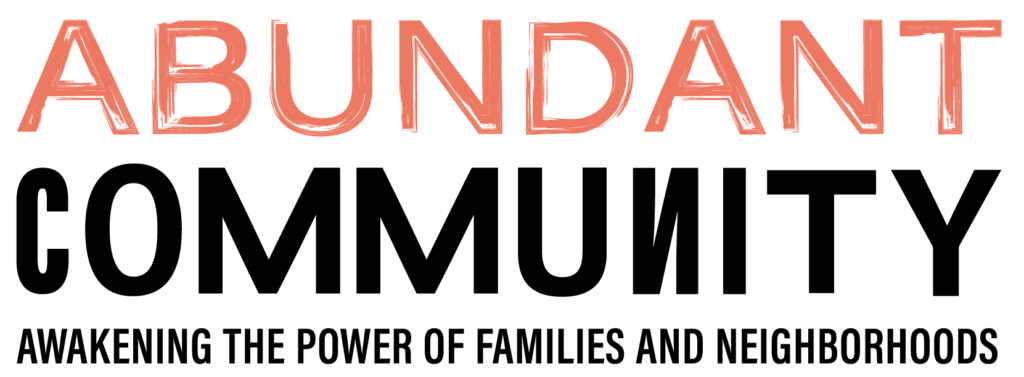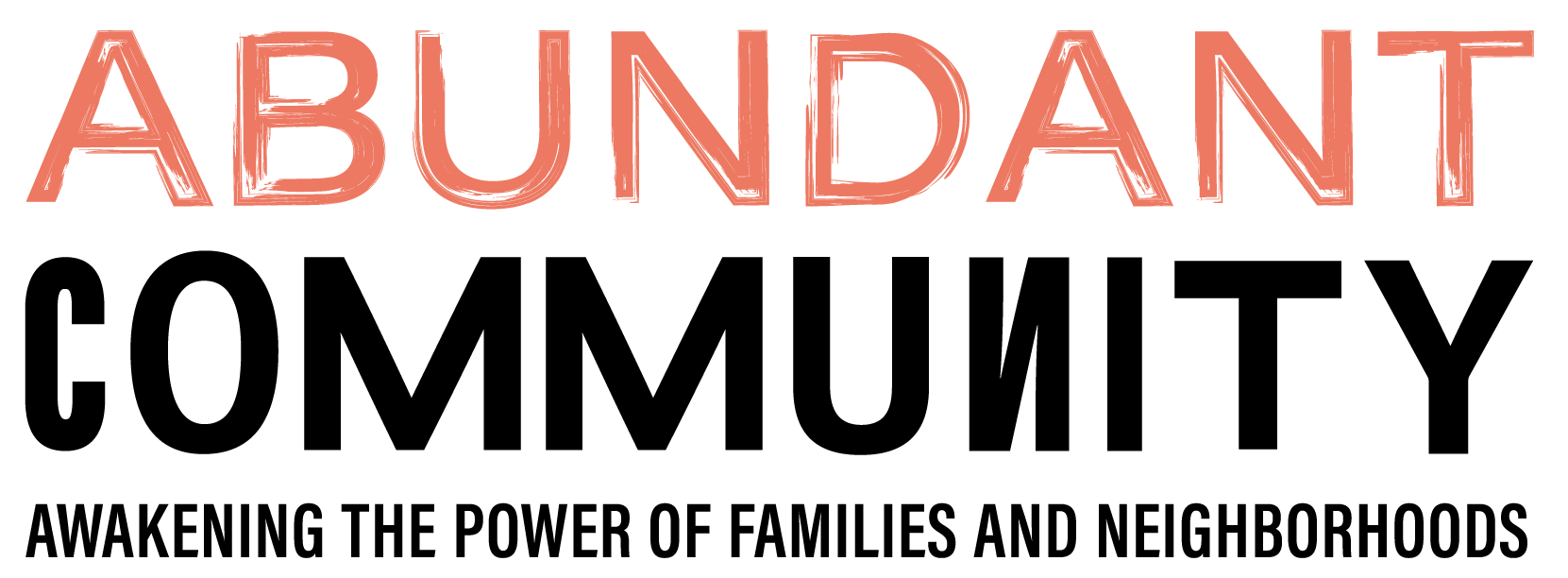This summer I a spent a week observing life in and around The Falling Rock Cafe in Munising, Michigan. No, I did not receive a MacArthur Grant or other fellowship for observing coffee shops, although if you know of any I would love to apply. I was there visiting family. But I was struck by the communities that have formed in and out of this little establishment.
The Falling Rock Cafe and Bookstore is a sandwich/coffee shop/ice cream place with a bookstore and community space attached. The owners have put in tables where groups as large as 15 can gather and meet. They also have several picnic tables and other places where smaller impromptu groups can strike up conversations. The Falling Rock serves up coffee and treats and sells books, but they also create space for and welcome community. The results are amazing. By simply creating space and providing basic hospitality, the Cafe has created a spot for many groups and asset based networks to meet and plan activities and projects. This has created connections across groups that otherwise would never have discovered their mutual interests.
How did a coffee shop become a hub of community connections? It seems to be the little things that matter. Furniture placements and a welcoming environment certainly provide a great start! I don’t think a saw a “NO” sign anywhere. Of course the proprieters would prefer if people who use the space buy some goodies, but it is not a requirement. They probably are required by health code to insist that each of us wear a shirt and shoes when we come in, but that is not the first thing they tell you when you approach the door. In fact, the Cafe staff are more part of the background music to the main stage of neighbors and tourists interacting and sharing observations about the news, weather or coffee.
When you walk in the first thing you notice are the mugs. Coffee mugs. All over the walls. Anybody can pay $25 a year to be a member of the mug club – you get your own Falling Rock logo mug, your own peg to hang it on, and coffee for 1/2 price all year. A good deal? Yes. Is that why people buy it? No way. They buy it because it gives them something that is theirs each time they walk in. AND, that something hangs among their neighbors mugs as well as those bought by regular visitors to the area. There are 2,000 people in town and 300 mugs on the walls of The Falling Rock Cafe and Bookstore. Each one with a neatly printed name under it. It is YOUR mug.
The mugs make a beautiful sight that says “there is a community here” as soon as you walk in. But if you stand there for 5 minutes you realize something else is going on. There are slips of paper in some of the mugs. It turns out that these slips of paper are articles from newspapers or magazines that one member thought would be of interest to another. Others are notes from one to another. The owner tells me the customers invented this practice and call it “cup mail.” My curiosity was too much, and I could not think of any federal penalties associated with tampering with cup mail,….so I peeked. “Jenny will be in town this weekend. Stop by!”, “Fred wants to go out on the lake when he gets back, wanna fish?”, “Are you helping at the Farmer’s market this week? Call me.”
The second thing I noticed was an abberation. One cup had a newspaper article taped to the outside instead of rolled up on the inside. It was an obituary. I asked the owner about it. Turns out that the obituary was for the owner of the mug and her family asked to keep it there in her memory.
“What about the hat?” There was a mug on the top row of one wall mostly covered by a stocking cap with some momento pins in it. “That was Harvey’s hat. He passed away last year and his wife keeps the mug membership. He wore that hat everyday.”
People are so connected by their mugs and associations made in this cafe that they stick around after they are gone!
From cup mail to book clubs to the local art’s association’s planning for the summer art fair, the Falling Rock Cafe and Bookstore is cooking up community as well as coffee and cupcakes. And it is doing it by creating space and hospitality, not through programming or pontification. In other words it is facilitating the community’s efforts to create their own connections and networks.
Re-posted by permission from ABCD in Action
Photo: Pink Sherbet Photography


